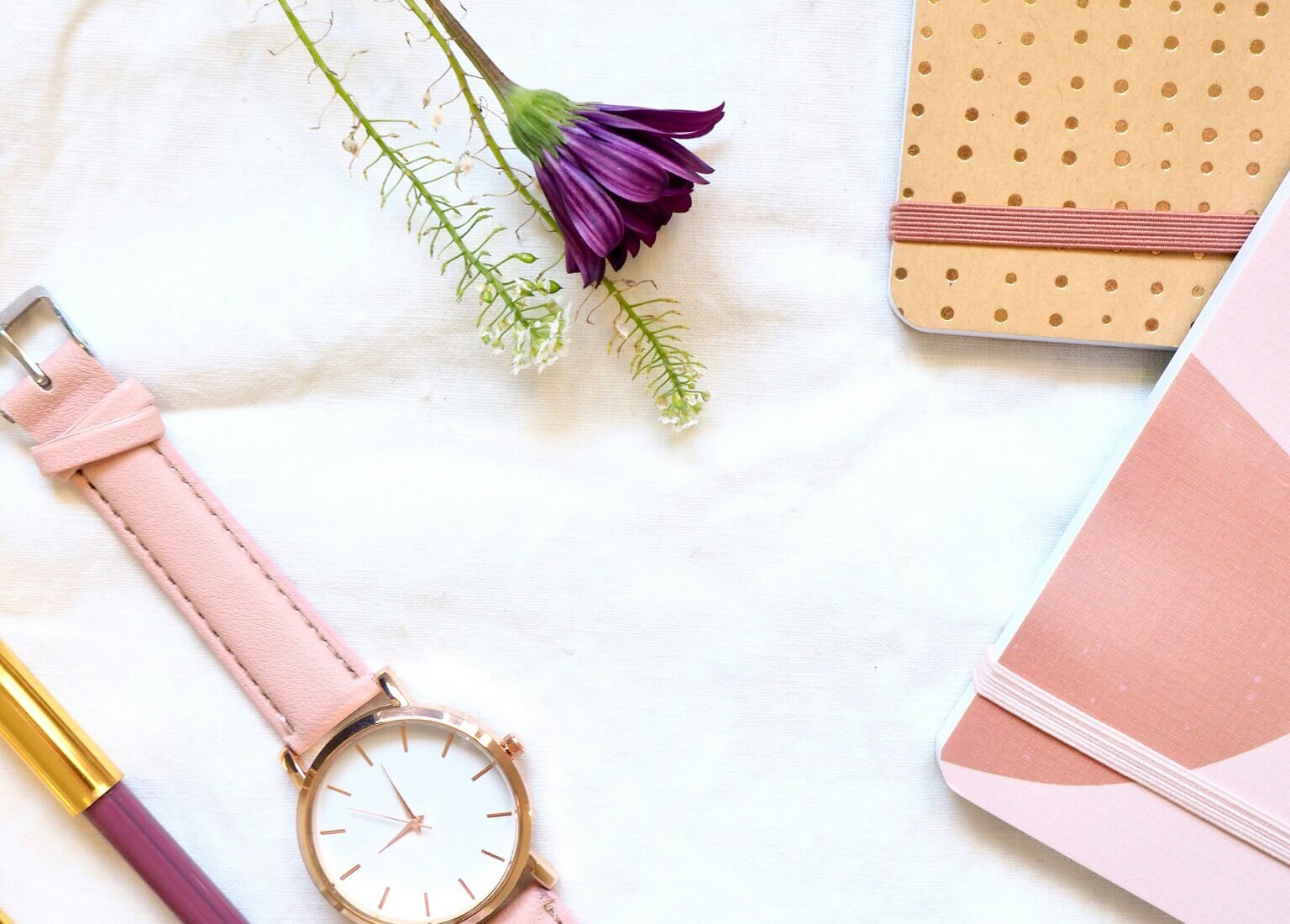
Thing is, remote work isn’t just a trend anymore—it’s our new reality.
read more
Hey there, fellow remote warriors! 🚀 Ever found yourself staring at a blank screen, willing your brain to conjure up that perfect idea? Yeah, me too. Thing is, when you’re working from home, you can’t just swivel your chair and bounce ideas off your desk buddy. So how do we keep those creative juices flowing when we’re flying solo?
Let’s dive into 10 game-changing strategies to maintain your creative mojo without in-person brainstorming sessions. Trust me, by the end of this article, you’ll be bursting with ideas faster than you can say “remote work revolution.”
Establishing a dedicated ideation space is crucial for sparking creativity. This doesn’t have to be fancy—it could be a corner of your living room or a spot in your garden. The key is to have a space that signals to your brain: “It’s time to get creative, baby!”
How to implement:
When I first started working remotely, my “creative cave” was just my dining table. But I noticed I wasn’t feeling inspired. So, I carved out a cozy nook in my living room, added some plants, and hung up a mood board. The difference was night and day! Now, when I sit in that spot, my brain automatically switches to creative mode.
Sarah, a remote graphic designer, took this concept even further. She transformed a small closet into a “creativity pod” complete with a fold-down desk, pinboard walls, and color-changing LED lights. “It’s like stepping into a different world,” she says. “The minute I close that door, my mind opens up to new possibilities.”
Creativity isn’t just a visual or mental exercise—it’s a full-body experience. Engage multiple senses to spark new ideas.
How to implement:
A remote UX designer I know created a sensory box with items like a smooth river rock, a cinnamon stick, and a small bell. When she hit a creative block while designing a new app interface, she’d reach into the box. One day, the smooth texture of the river rock inspired her to simplify the app’s navigation, leading to a breakthrough in the design.
Tom, a copywriter, took a different approach. He created a “scent menu” for different types of projects. “For energetic ad copy, I use citrus scents. For more thoughtful long-form content, I go for earthy scents like sandalwood,” he explains. “It’s amazing how quickly it puts me in the right headspace.”
Implement a personal “yes, and” policy. For every idea you have, force yourself to build on it with “yes, and…” at least three times before moving on.
How to implement:
I used to be my own worst critic, shooting down ideas before they had a chance to grow. But when I started using the “yes, and” technique, it was like opening a floodgate of creativity. One day, I was brainstorming blog post ideas. My initial thought was “write about remote work challenges.” Then I added:
What started as a simple blog post idea turned into a multi-part series that became one of my most popular content pieces!
Lila, a product manager, applied this technique during virtual team meetings. “We were struggling to come up with new features for our app,” she recalls. “But when we started using ‘yes, and,’ suddenly everyone was building on each other’s ideas. We came up with our most innovative feature yet!”
Develop a “creativity trigger” ritual that signals to your brain it’s time to get innovative.
How to implement:
A freelance copywriter I know struggled with transitioning into “creative mode” when working from home. She started a ritual of lighting a lavender-scented candle and doing 5 minutes of freewriting before each writing session. After a month, she reported a 30% increase in her writing output and said she felt more focused during her creative sessions.
Mark, a software developer, created a unique trigger for his problem-solving sessions. “I have this colorful Rubik’s cube,” he explains. “I spend two minutes trying to solve it before diving into a coding problem. It gets my brain into a puzzle-solving state, and I find I approach coding challenges more creatively afterward.”
When you’re feeling stuck, get your blood pumping. Physical activity can stimulate your brain and lead to new ideas.
How to implement:
As a UX designer, I often find myself stuck when trying to solve complex user problems. One day, frustrated with a particularly tricky design challenge, I decided to take a break and do some dance moves. The rhythmic movements and focus required for the dance completely cleared my mind. When I returned to my desk, the solution to the design problem suddenly seemed obvious!
Elena, a marketing strategist, swears by her “dance break” method. “Every two hours, I put on a high-energy song and dance like nobody’s watching,” she says. “It’s impossible to feel stuck or stressed after that. Plus, some of my best campaign ideas have come to me mid-dance!”
Capture ideas before they escape by keeping an idea journal. This practice helps you build a repository of creativity that you can tap into later.
How to implement:
A remote product manager I know started keeping an idea journal after reading about it in a productivity blog. At first, she struggled to come up with three ideas daily. But after a month, she found herself easily filling pages with ideas. Six months later, two of her “random” journal entries led to major product improvements that increased user engagement by 25%.
Alex, a freelance writer, takes his idea journal to the next level. “I created a personal wiki,” he explains. “Each entry is tagged and cross-linked. It’s amazing how often I find connections between ideas I had months apart. It’s like having a second brain!”
Experiment with different brainstorming techniques like mind mapping, SCAMPER, or the “6-3-5” method to keep your creative process fresh.
How to implement:
I used to rely solely on traditional brainstorming, but I hit a creative wall while working on a complex app redesign. On a whim, I decided to try the SCAMPER method (Substitute, Combine, Adapt, Modify, Put to another use, Eliminate, Reverse). It was like seeing my project through a kaleidoscope—suddenly, I had dozens of new angles to explore. Now, I rotate through different techniques regularly to keep my creativity fresh.
Jasmine, a content strategist, created a “Technique of the Week” challenge for her remote team. “Every Monday, we introduce a new brainstorming method,” she says. “By Friday, everyone shares their experience with it. It’s improved our collective creativity and problem-solving skills dramatically.”
Use digital mind mapping tools like MindMeister or XMind to create visual representations of your thoughts and ideas.
How to implement:
A remote marketing strategist I know was struggling to organize a complex campaign for a client. She decided to try mind mapping and was amazed at how quickly she could visualize connections between different campaign elements. The mind map helped her identify gaps in the strategy and led to a more cohesive, successful campaign that exceeded the client’s expectations.
Ryan, a project manager, uses mind mapping for everything from project planning to personal goal setting. “It’s like seeing my thoughts laid out in front of me,” he explains. “I’ve solved problems in minutes that would have taken hours of linear thinking.”
Set up regular virtual coffee chats with colleagues or other creatives for informal idea-sharing and collaboration.
How to implement:
When I first started working remotely, I missed the spontaneous conversations that often led to great ideas in the office. So, I started scheduling weekly “virtual chai” sessions with a former coworker. During one of these chats, we started riffing on the idea of cultural sensitivity in UX design. That conversation sparked the idea for a course on inclusive design that I’m now developing!
Mia, a freelance illustrator, took this concept further by creating a “Creative Coffee Club” with other remote artists. “We meet virtually every Friday,” she says. “Sometimes we just chat, other times we do quick sketch challenges. It’s become the highlight of my week and a constant source of inspiration.”
Keep an “idea graveyard” where you store ideas that didn’t make the cut. Periodically revisit these old ideas to see if they can be revived or remixed.
How to implement:
A remote content creator I know had been storing “rejected” video ideas in a folder for months. During a content drought, she decided to review this folder. She found two seemingly unrelated ideas—one about productivity hacks and another about cooking shortcuts. By combining these, she created a wildly popular video series called “Productivity Recipes,” where she drew parallels between efficient cooking and efficient work habits.
David, a game developer, turns revisiting old ideas into a game itself. “Every quarter, I randomly select three ideas from my ‘graveyard’ and give myself a week to combine them into a new game concept,” he says. “Some of my most unique games have come from this process.”
Even with these strategies, remote workers often face specific challenges that can hinder creativity. Here are some common blockers and how to overcome them:
Remember, creativity in remote work isn’t about replicating the office environment—it’s about finding new ways to innovate that work for you. Experiment with these strategies, adapt them to your needs, and don’t be afraid to create your own techniques.
So, which of these strategies are you excited to try first? And what other techniques have you found helpful for sparking creativity while working solo? Let’s keep the conversation going!
Now, if you’ll excuse me, I have a date with my vintage typewriter and a burning question: how can I make my cat’s Netflix experience more immersive? (Hey, you never know where the next big idea might come from!)

Thing is, remote work isn’t just a trend anymore—it’s our new reality.
read more
Picture this: You’re in the middle of a crucial client presentation, eloquently explaining your latest UX design concept, when suddenly your cat decides to perform an impromptu ballet across your keyboard.
read more
Hey there, fellow introverts and accidental hermits! Remember when we thought working from home was the dream?
read more
Remember when the biggest challenge of your workday was battling rush hour traffic?
read more
Working from home seemed like a dream until it became my reality.
read more
It was 2 AM, and I found myself staring at a passive-aggressive Slack message from a coworker.
read more